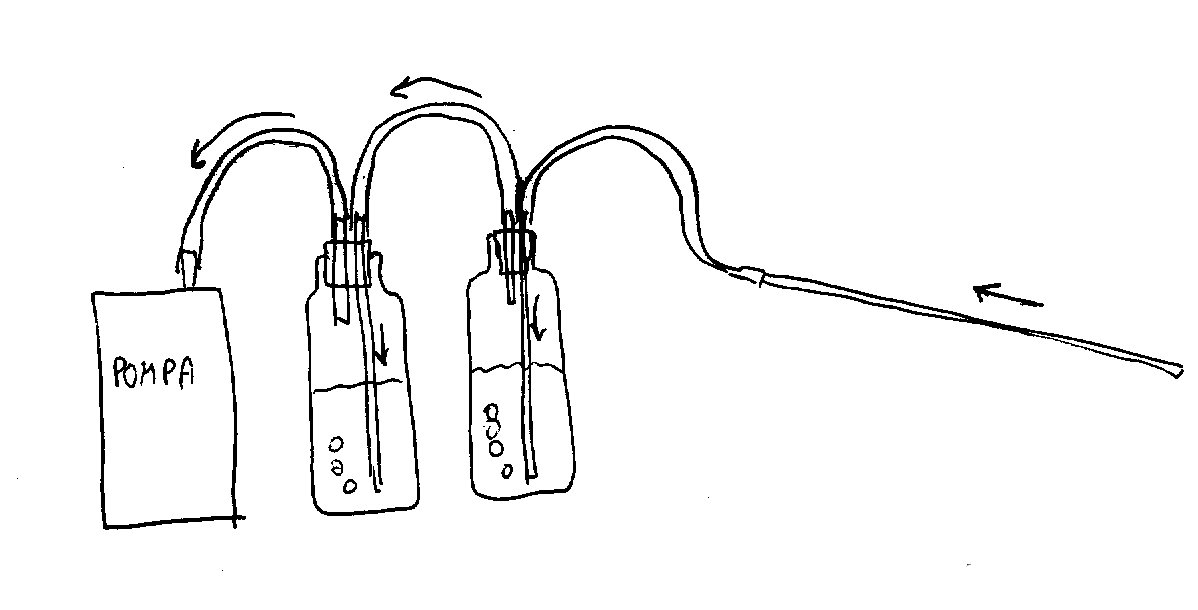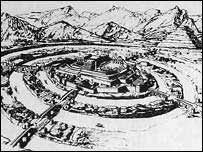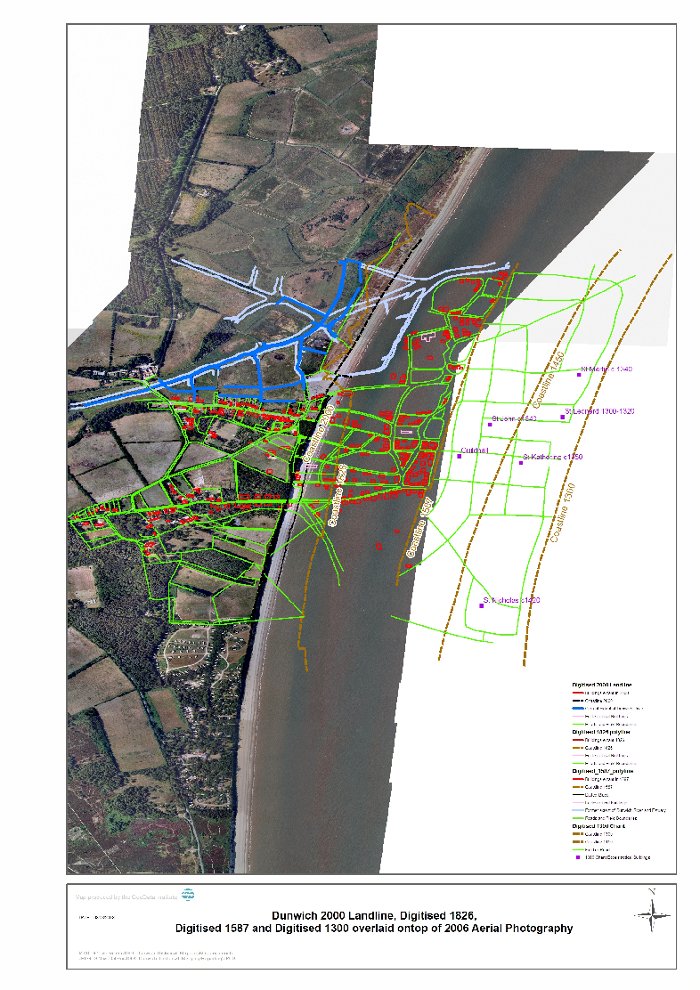Intro
A will-o'-the-wisp or ignis fatuus (Latin, from ignis, “fire” + fatuus, “foolish”), also called will-o’-wisp, corpse candle, jack-o’-lantern, friar’s lantern, hinkypunk, and wisp, is a ghostly light sometimes seen at night or twilight over bogs, swamps, and marshes. It resembles a flickering lamp and is sometimes said to recede if approached. Much folklore surrounds the phenomenon.
Origin
The oxidation of phosphine and methane, produced by organic decay, can cause glowing light. Since phosphine spontaneously ignites on contact with the oxygen in air, only small quantities of it would be needed to ignite the much more abundant methane to create ephemeral fires. The Italian chemists Luigi Garlaschelli and Paolo Boschetti have replicated the lights by adding some chemicals to gases from rotting compounds. They argue that the combustion can be sustained at lower temperatures than those found in traditional fires. Taken together, these findings seem to explain two of the more puzzling aspects of the Will o’the wisp, its spontaneous, transient nature and low temperature “flame” that doesn’t seem to burn items close by.
paper by Luigi Garlaschelli and Paolo Boschetti.
Detection
- one aluminum tube
- 2 bottles (glass or plastic)
- two rubber corks
- 1 thermometer (optional)
- one pump
Literature
Goethe. The Green Snake and the Beautiful Lily. The Horae 1795.
The story revolves around the crossing and bridging of a river, which represents the divide between the outer life of the senses and the ideal aspirations of the human being.
Audiochemical
Audiochemical Performance, or Electrochemical Happening, is defined as a direct descendent of audiovisual synesthetic performances. Electronic and mainly chemical reactions are used to create certain illusions, and this effect is created in order to narrate a certain story, be that abstract or figurative.
Assumptions
What is research in art (and literature) and what are the methods it can adopt to be truthfull and peharps scientific without decaying in pedanticism and bad emulation of other disciplines' systematic approaches? The use of metaphors and imagination can lead to exceptional results.
Simillimum
Similia similibus curantur, Latin saying adopted by Samuel Hahnemann (1755 – 1843), founder of homeopathic medicine, meaning “likes are cured by likes”, refers to the fact a substance producing symptoms in a healthy individual can alleviate similar symptoms originating from illness. Following the dynamics which homepathic experiments proved, and considering in this case a field or a graveyard as a healthy individual, and a field containing will-o'-the-wisps as an affected one, then the creation of a similar phenomenon, in this case artficial cold green cold flames, and the introduction of those in a healthy field/cemetery/graveyard, may generate the occurrence of real will-o'-the-wisps.
Implementation
Using the diy measurament device, Garlaschelli's experiments of detection of will-o'-the-wisps will be reproduced in Suffolk. This psychogeophisical experiment will be enacted echoing both the simillimum principle and a special site specific narrative inspired by selected examples in literature adapted on the psychogeografical and psychogeophisical history of the area.
Location
Suffolk Proposals:
2_ Orford Ness Area: Sudbourne (Workhouse Field and Kiln Field) or Lantern Marshes
Sudbourne is a hamlet close to what is now known as Rendlesham Forest.
From http://www.forteantimes.com/features/articles/112/magic_lanterns.html
It is therefore most intriguing to come across a local report of strange light activity a few miles from Rendlesham which cannot in any way be attributed to any post-1980/81 witness account, rumour or hearsay. A search for forteana in a rare local collection, The East Anglian Miscellany, published between 1933-1943, reveals a letter from a Mr GF Fell of Orford, which reads as follows:
“Hobby Lanterns “May I beg a space in the ‘Miscellany’ for a problem I have never been able to solve? Perhaps some reader can explain or enlighten me on the subject. In my boyhood days 60 years ago [i.e. c.1882] there were no cinemas or dance halls, not even a gramophone, and us boys had to find material for amusement standing at the corner of the street. Most people have heard or read stories about ‘Will-o’-the-wisps’: we called them Hobby Lanterns. I expect very few people have seen one, and some may think no-one else has, but this story is absolutely true. At Sudbourne there are two fields known as Workhouse Field and Kiln Field and on certain nights one of these objects could be seen on these fields. They look like a dull red light, like a lantern with the glass smoky. It moved to and fro across the field, about walking pace, always in the same track above the ground: it never went near the hedge.”
At this point, it should be mentioned that Sudbourne is a hamlet close to what is now known as Rendlesham Forest. In an incident which mirrors the actions of American servicemen 100 years later, the boys decided to go and hunt down the light:
“One night we went out to see if we could find what it was. When we went off the road on the field it vanished, so we spread out and walked across the field and back slowly, but we could see nothing. Then as we were going off the field it suddenly appeared again: then half of us stopped on the road and the others went to have another look; they could see nothing, but from the road it was visible all the time except at intervals of a few seconds it was invisible.”
1_ Dunwich.
Dunwich has been dubbed the UK's 'Atlantis'
Dunwich was the capital of East Anglia 1,500 years ago.
Its decline began in 1286 when a sea surge hit the East Anglian coast and it was eventually reduced through coastal erosion to the village it is today.
Dunwich was once an important trading point. The town is thought to have had eighty ships, five religious orders and two seats in Parliament during its heyday under Edward I. However, in 1286 fierce storms swept much of the town into the sea and the Dunwich River was partly silted up. Residents fought to save the harbour but this too was destroyed by an equally fierce storm in 1328. Another large storm in 1347 swept some 400 houses into the sea.
From http://lostexpedition.co.uk/dunwich.html
The Hobby Lanterns
Around Dunwich heaths you may see the Hobby Lanterns they look a little like Will-o-the-Wisp. They are attractive impish creatures but you may be 'will-led' by them as they jump about and cause mischief.
In time gone by it was said that the hobbies would blow your lantern out and that you must not travel along these areas between Michaelmas and Christmas.” One story says that a man was returning home walking near the heaths and just as he came off the marsh area on to the heath he got “will-led,” and was taken away from his direct path and did not find himself again till he was nearly one-and-a-half miles over ground with marsh ditches. “When you get 'will-led' by Hobby Lanterns, you must take off your stocking and turn it, or turn some other garment. When people turned their garment they found themselves again.”
Hobby Lanterns
Location: Dunwich - Paths around Dunwich Type: Other Date / Time: Pre 1924, said to be most active between 29 September and 24 December Further Comments: Will-o-the-Wisps, known locally as Hobby Lanterns, were said to lure people off the paths at night after extinguishing the victim's own light source.
Participants
Xname (phantasmata) - cold fire, illusions
Jonni Kemp - psychogeophisics
Narrative
To be defined. A number of main characters. A situation. A location.
Mother Carey is involved.
FAQ
- Is this a psychogeophysical phenomenon?
If the presence of will-o'-the-wisp can be related to the geophysical-chemical status of a certain piece of urban or suburban land, their appearance modifies the space where it is perceived, generating a psycho-stratum of belief and interpretation which, subsequently, layers over the place itself, mapping another history.
- Can I try this at home?
Yes, but remember: playing with fire is dangerous, and beliefs can burn.


